The pressure to reduce, reuse, and recycle waste seems personally insurmountable at times.
It’s especially sad when I hear stories of injured wildlife or read about waste management companies that dump your recyclables right on top of the garbage.
This is one of the reasons I wanted to share these 9 simple questions to evaluate habits and products in a new way.
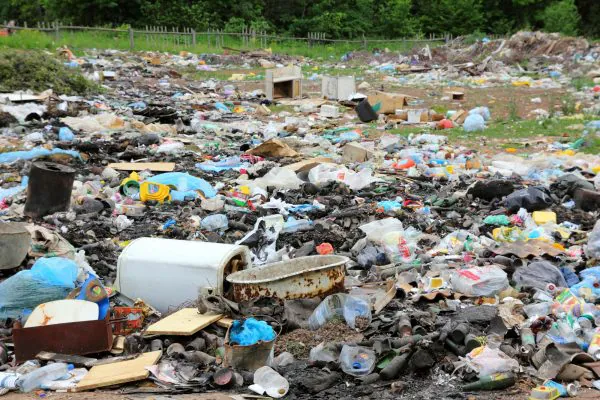
Landfill of mixed household waste.
As a med student, I will go through countless tubs of latex gloves and single-use plastics before I’m even done with school. This is one of the reasons I feel so strongly about reducing the amount of waste I am responsible for in my personal life.
I began by applying the advice of one of our professors about trying to take in all the information thrown at us in school—you cannot eat the entire buffalo whole, he said, you have to take small bites.
What does this have to do with reducing waste?
Reducing the trash in your life doesn’t have to happen all at once. In fact, implementing gradual change by applying the Three R’s to our normal routine, it’s more likely to stick.
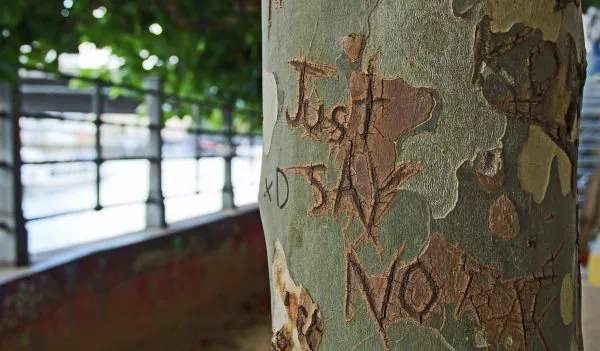
“Just Say No” photo by Andy Tootell
REDUCE Waste as a First Choice
Reducing waste should be our first choice because it breaks the chain. Not only do you avoid the hassle of managing waste by producing less of it, but you actually end up saving money as well.
1. Is this product something I actually need?
If not, consider using it until it’s done then never buy it again. You don’t have to throw things out right away, but you also don’t have to keep a purchasing habit either (yeah, we do buy some things purely out of habit).
For instance, I had the habit of keeping chewing gum in my car and popped one in my mouth every time I got into the car.
When I started focusing on decreasing the trash in my life (physical trash and trashy ingredients), I discovered how hard it was to find gum with natural ingredients that were approved by dentists to be safe and effective.(1)
Most gums are limited on biodegradability so every piece will likely be around far longer in the dump than I will be alive. Additionally, the biodegradable products with decent ingredients were more expensive than I was willing to pay for a single pack of gum.(2)
Long story short, it was much less of a headache to just stop buying gum all together and move on.
This post may contain affiliate links. For more information, please see our Disclosure Policy.
2. I need this, but is there a “trash free” version of this product?
Take shampoo and conditioner, for instance. I discovered hair care bars that worked as well as bottled brands with minimal packaging. TIP: I recommend starting this journey to find the hair care bars you love with your usual shampoo and conditioner as a backup because these things don’t always work.
Reducing trash also relates to considering the ingredients we are routinely exposed to in the products we buy.
Take a few minutes to research ingredients through credible resources from clinicians and websites who cite peer-reviewed studies with a decent number of people included in the sample size.
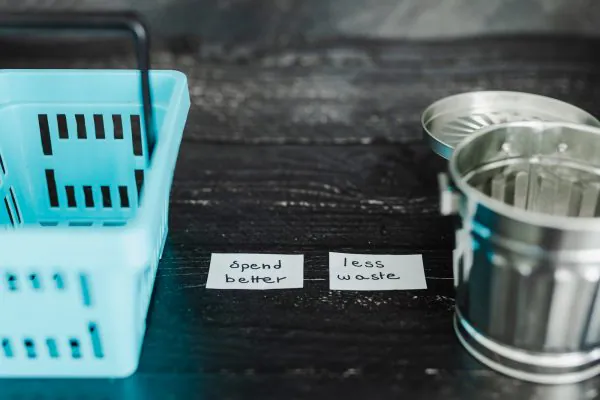
Spend better for less waste.
3. Can this product ever be used again?
If not, then consider refusing it. Single-use products are being scrutinized for a reason—they’re used briefly then live the rest of their life in the dump, environment, animal’s intestines, and might even make it back to your own GI tract.(3)
- Consider boxes, crates, or collapsible bins
for carrying groceries so you can refuse the plastic bags.
- Instead of a brown bags and plastic zip-type bags for lunches, opt for reusable containers
or snack and lunch bags
.
- Switch plastic wrap for stretchy, reusable lids and container covers
made from silicone
, cloth
, or beeswax
.
- Exchange disposable drink pouches for these dishwasher-friendly pouches
for the kids.
- Save money buying yogurt in larger tubs and mix in fresh fruit or granola with these reusable yogurt cups
.
- Opt for an electronic receipt instead of paper.
- Going out for drinks? At coffee shops, request “for here” cups so you’ll get a washable mug and some shops will let you use your own travel mug
.
TIP: If the drink doesn’t require a lid the straw probably isn’t necessary either.
These small changes may not seem like a big deal but as fewer people accept single-use items less ends up in the waste bin. Supply follows consumer demand, so it’s our job to stop “demanding” things we only use once.(4)
4. Can I shop more efficiently?
Running back and forth to the grocery store is not a good use of time or gas. Unless it’s something to keep you alive like prescriptions or toilet paper, it can probably wait and go back on the list for the next time you run errands.
- Know before you go. Make a list and wait until it’s long enough to justify the trip.
- Switch brands or needs to decrease the number of stores you have to go to. This pays you back time and time again.
- Shop online, which is shown to have a smaller carbon footprint than physically driving to the store, but only when you aren’t mixing the two.(5)
TIP: When shopping online, I create my shopping list by saving the items in a favorites list and only place the order when there’s enough to get a larger box in a single shipment. That way, there are fewer boxes and fewer deliveries. (Amazon includes a “no rush” option which allows more items to ship in a single box.)
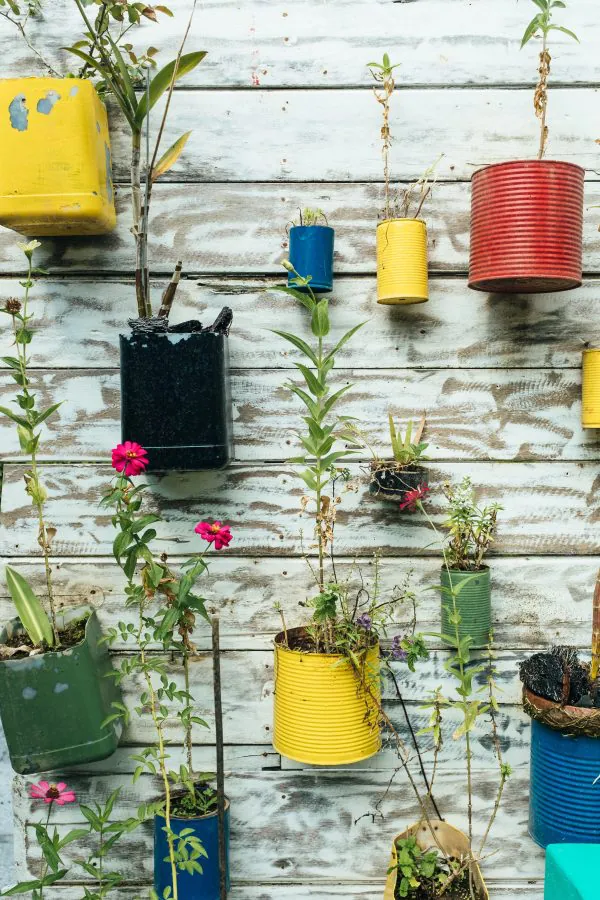
Photo by Bernard Hermant Reusing tin cans for garden plants and DIY projects.
REUSE Waste to Get the Most Out of Each Item
5. Can I use this for something else instead of throwing it away?
- Products packaged in glass jars can be reused for storing other items such as food, writing materials, or even bar soaps.
- Metal cans, plastic containers, and berry baskets transition to the garden as seedling starters and transplant pots.
- Clothing with stains or tears that is unsuitable for donations can be cut into hand towel sized pieces to be used as work rags around the house and garage.
- Local college or high school art departments may accept the items you’re looking to get rid of for 3D art projects.(6)
6. Can I find it used/secondhand instead of buying NEW?
Take a bite out of college expenses by shopping for hangers, silverware, dishes, picture frames, clothes, desks, chairs, bookshelves, small appliances and many other items from secondhand shops for a fraction of the cost from department stores.
Look for consignment shops in your local area or even online like Goodwill, Plato’s Closet, Facebook Marketplace, or Poshmark.
Typically these products come with less packaging and you help divert that product from a date with the dumpster.(7)
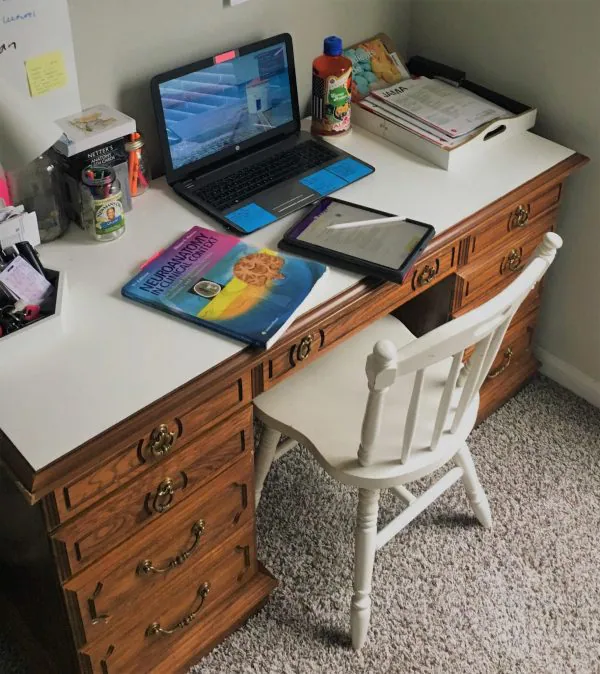
I found this desk for $5 at Goodwill, refinished the top with white paint and a waterproof coating … BOOM, Instagram ready.
7. Can what I’m buying be composted?
There are a host of products to assist with composting for gardening as well as local farmers who may accept compostable items.(8)
Depending on your area, there are companies who will come pick up your compost if you don’t have access to a garden (or desire to garden). (9)
Here’s a guide to composting even if you live in an apartment or don’t have a yard by Going Zero Waste.
Top 10 Common Items That Can Be Composted
- coffee grounds
- stale bread, crackers, cereal, chips
- egg shells & paper egg cartons (non-glossy)
- paper product rolls (tubes)
- vegetables gone bad in the crisper
- flowers from floral arrangements
- unwaxed cardboard pizza boxes
- dryer lint (from non-synthetic clothing)
- junk mail (non-glossy)
- post-it notes
Check out this list of 100 more things you can compost from Small Footprint Family.
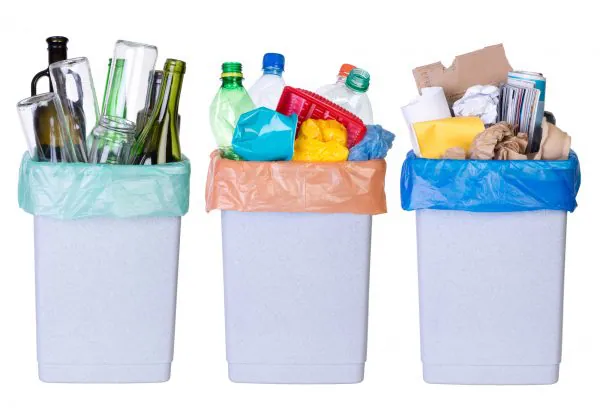
RECYCLE as a Last Choice
Recycling should be your last choice because it isn’t always viable. We have the least control over this option because it depends on a buyer on the other end to make the process efficient.
Can this truly be recycled?
- Recycling laws vary by state and by company. You may be diligent about separating generally recyclable items, but the waste collector picking up your trash may not have the methods to actually recycle that product.(10)
- It is increasingly difficult for companies to recycle since China has decreased purchasing our recycled goods.(11)
- Make product choices based on the recycling ability of your local waste management professionals.(12)
Can I give this to someone else?
Donating unwanted items keeps them from going to the landfill and puts them into the arms of someone who is in need.
Organizations such as local schools, churches, homeless shelters, and pet rescues often accept gently used items.
TIP: When donating, be mindful to give gently used items with usable life left in them. Stained, ripped, or broken donations are more of a burden to the organization if they are ultimately thrown away. Let’s be honest, if you don’t want something because of its poor condition, neither would someone else.
Reducing the trash in your life doesn’t have to happen all at once, but applying these 9 questions to your daily routine will help you view habits and products in a new light.
What’s one thing in your life that you can apply these questions to?

This article is by our Content Partner, Kristen Purcell
As a medical student who is passionate about emergency medicine and toxicology, Kristen is on a journey to learn more on how to reduce the trash in her personal life, in the products she uses, and that she produces through evidence-based research.

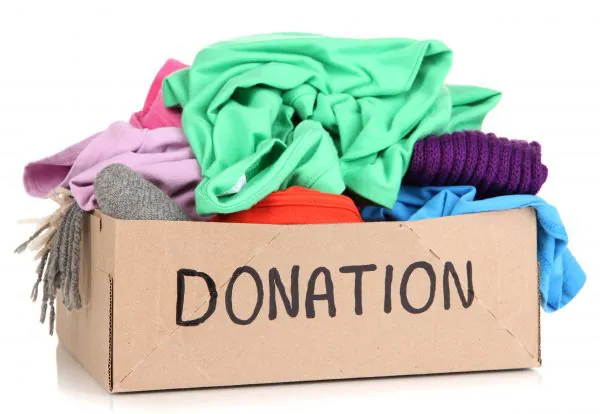
mjskitchen says
Fabulous article and so very important! We do quite a few of the suggestions listed here and as a result, we normally have only one bag of waste garbage a week. One thing that I discovered last year was to use toilet paper rolls in the garden to protect young plants from sow bugs. Then at the end of the season you just turn them into the garden. There’s so many things we can do, but we need to get more people to actually care. Great post Kristen!